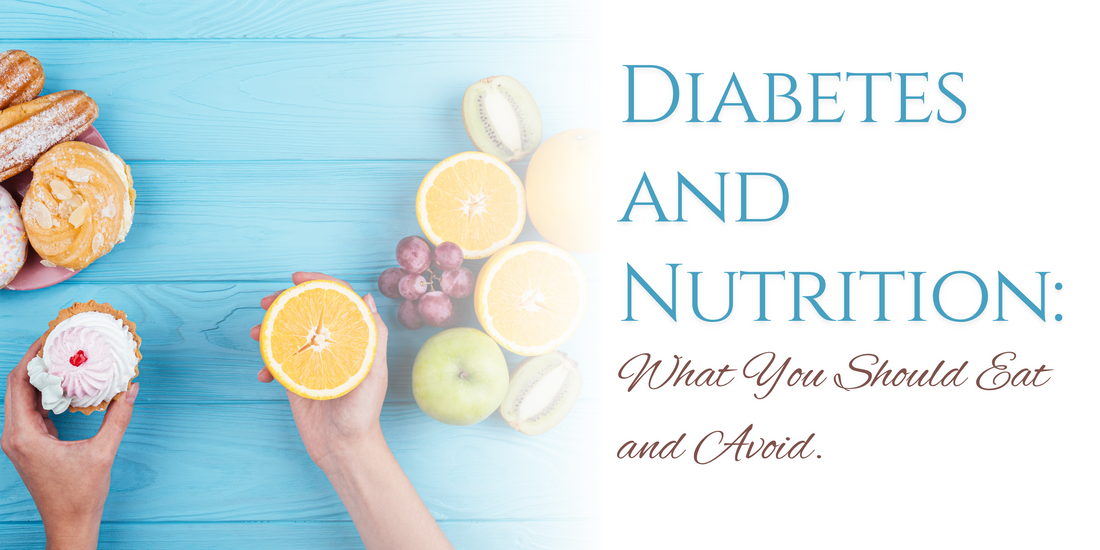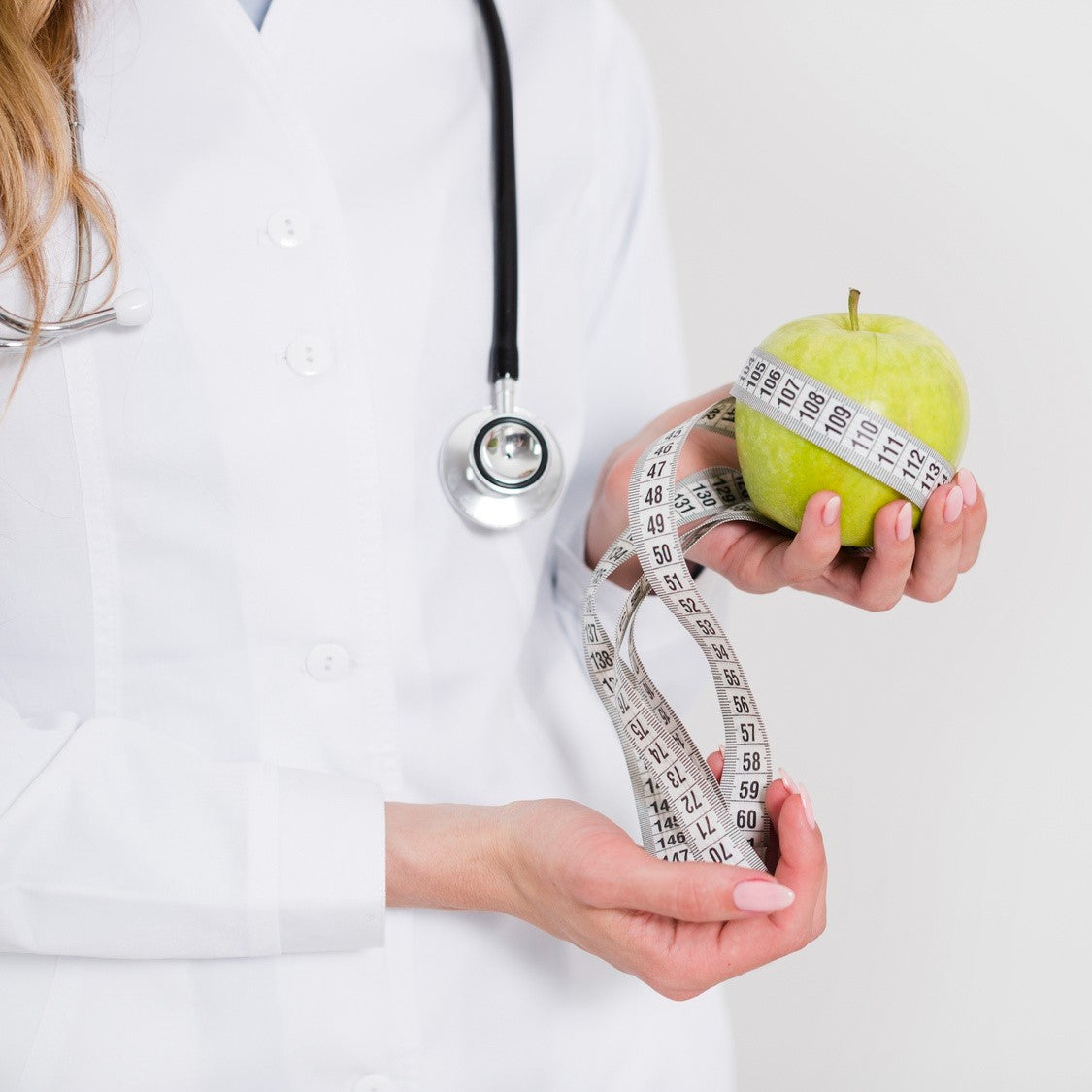
Diabetes and Nutrition: What You Should Eat and Avoid
Million's SmileShare
Managing diabetes involves more than just monitoring blood sugar levels—it also requires making smart food choices. A balanced diet tailored to your health needs plays a significant role in controlling blood glucose levels, supporting overall well-being, and reducing the risk of complications. This blog explores the best foods to include in a diabetic diet and the ones you should avoid to maintain optimal health.
Why Nutrition is Key in Diabetes Management
Nutrition is essential in managing diabetes because:
- Regulates Blood Sugar: The right balance of carbohydrates, proteins, and fats helps control blood sugar levels and prevents spikes.
- Prevents Complications: A healthy diet reduces the risk of complications like heart disease, kidney issues, and nerve damage, which are common in diabetes.
- Supports Weight Management: Maintaining a healthy weight can improve insulin sensitivity and blood sugar control.
Foods to Include in Your Diet
-
Non-Starchy Vegetables
- Why They’re Important: Non-starchy vegetables are low in calories and carbohydrates, making them ideal for blood sugar control.
- Examples: Leafy greens (spinach, kale), broccoli, cauliflower, cucumbers, peppers.
- How to Include Them: Add them to salads, stir-fries, or enjoy them as a side dish with meals.
-
Whole Grains
- Why They’re Important: Whole grains have a low glycemic index, which means they have a slower impact on blood sugar levels compared to refined grains.
- Examples: Brown rice, quinoa, oats, barley, whole wheat bread.
- How to Include Them: Replace refined grains like white rice or white bread with whole grains in your meals.
-
Lean Proteins
- Why They’re Important: Proteins help stabilize blood sugar levels and promote satiety, reducing the chances of overeating.
- Examples: Skinless chicken, turkey, tofu, fish, eggs, legumes.
- How to Include Them: Incorporate lean proteins into every meal, such as grilled chicken or fish paired with a side of vegetables.
-
Healthy Fats
- Why They’re Important: Healthy fats can improve cholesterol levels and reduce the risk of heart disease, a common concern for people with diabetes.
- Examples: Avocados, olive oil, nuts, seeds, and fatty fish like salmon.
- How to Include Them: Use olive oil for cooking, add avocados to salads, or snack on a handful of nuts.
-
Berries and Low-Glycemic Fruits
- Why They’re Important: Fruits like berries have fiber and antioxidants that help in managing blood sugar without causing sharp spikes.
- Examples: Blueberries, strawberries, raspberries, apples, and pears.
- How to Include Them: Enjoy them as snacks or add them to smoothies, oatmeal, or yogurt.
Foods to Avoid
-
Sugary Foods and Drinks
- Why to Avoid: Foods high in added sugars cause immediate spikes in blood glucose levels and contribute to insulin resistance.
- Examples: Sodas, candy, desserts, sweetened cereals, and flavored coffee drinks.
- Healthier Alternatives: Opt for naturally sweetened snacks like fruits or low-sugar alternatives.
-
Refined Carbohydrates
- Why to Avoid: Refined carbohydrates break down quickly into glucose, leading to sudden blood sugar spikes.
- Examples: White bread, white rice, pastries, and processed snacks.
- Healthier Alternatives: Swap refined carbs with whole grains like quinoa, barley, or whole wheat pasta.
-
Trans Fats
- Why to Avoid: Trans fats raise bad cholesterol (LDL) and lower good cholesterol (HDL), increasing the risk of heart disease.
- Examples: Fried foods, margarine, processed snacks like chips, and baked goods made with hydrogenated oils.
- Healthier Alternatives: Use healthy fats like olive oil or coconut oil for cooking.
-
Processed Meats
- Why to Avoid: Processed meats often contain high levels of sodium, preservatives, and unhealthy fats, which can negatively impact heart health.
- Examples: Bacon, sausages, hot dogs, and deli meats.
- Healthier Alternatives: Opt for lean proteins like grilled chicken, turkey, or plant-based alternatives.
-
High-Fat Dairy Products
- Why to Avoid: Full-fat dairy products are high in saturated fats, which can lead to weight gain and increase the risk of heart disease.
- Examples: Whole milk, cream, cheese, and butter.
- Healthier Alternatives: Choose low-fat or fat-free versions of dairy products, or try plant-based alternatives like almond milk or soy yogurt.
Meal Planning Tips for Diabetes
-
Control Portions: Keep an eye on portion sizes, especially for carbohydrate-rich foods. Using smaller plates or measuring food can help manage intake effectively.
-
Plan Balanced Meals: Aim for a balanced plate with a mix of non-starchy vegetables, lean protein, healthy fats, and a small portion of whole grains. This balance helps keep blood sugar levels stable.
-
Snack Smart: Choose healthy, low-carb snacks that won’t spike your blood sugar. Nuts, yogurt, and veggie sticks are excellent options.
-
Stay Hydrated: Drink plenty of water throughout the day. Avoid sugary drinks and opt for water, unsweetened tea, or low-calorie beverages.
-
Track Your Carbohydrates: Be mindful of carbohydrate intake. Work with a dietitian or use carb counting to ensure you're consuming an appropriate amount based on your health goals.
Conclusion
Managing diabetes through nutrition is essential for controlling blood sugar levels and maintaining overall health. By focusing on whole foods, lean proteins, healthy fats, and low-glycemic carbohydrates, you can keep your blood glucose levels in check and reduce the risk of complications. Avoiding sugary, processed, and high-fat foods will further support your health goals and improve your quality of life.
Remember, eating well with diabetes doesn’t mean depriving yourself of delicious foods. With proper planning and mindful choices, you can enjoy a balanced, satisfying diet that supports both your health and your taste buds.
